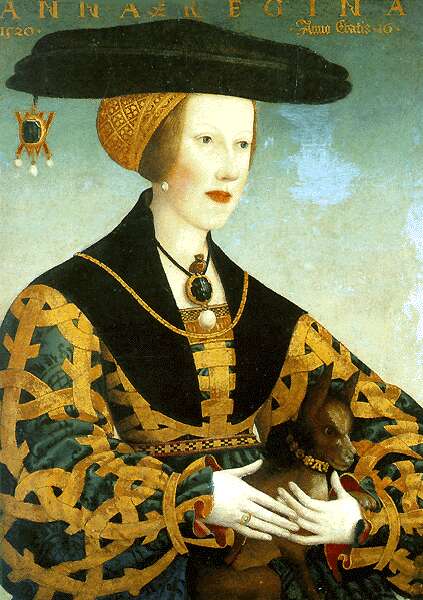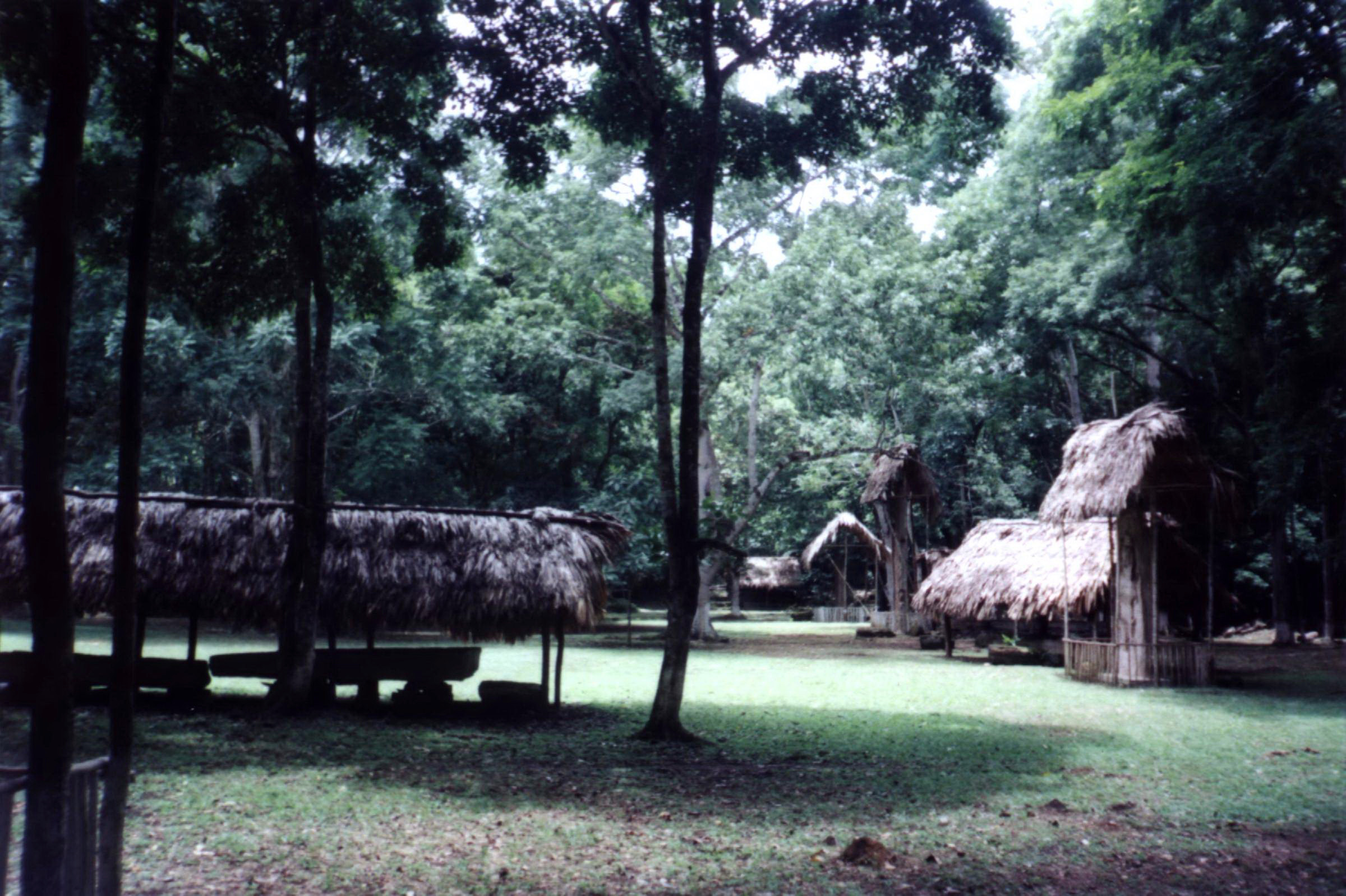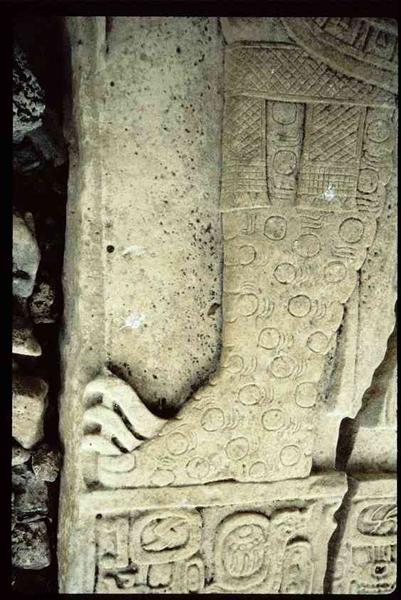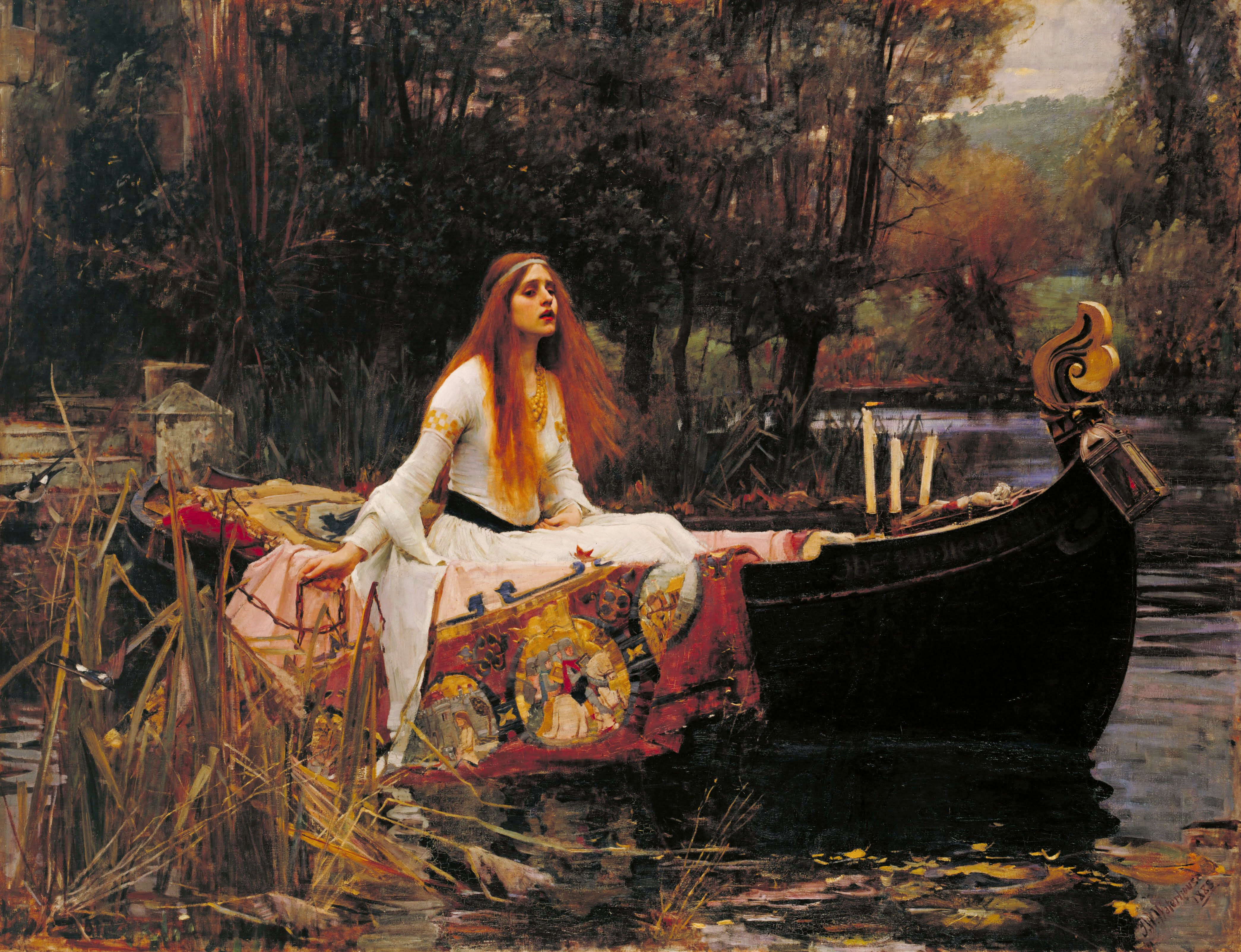|
Lady Buluʼ
Lady Buluʼ (7th-century) was a Queen consort of Dos Pilas. (Her name may have also been Lady B'uluka'l.) She was the wife of Bʼalaj Chan Kʼawiil, king of Dos Pilas. She was the mother of Naranjo queen Wak Chanil Ajaw and stepmother of Dos Pilas kings Itzamnaaj Bʼalam and Itzamnaaj Kʼawiil. Despite not being the king's first wife, she likely carried a high level of political power; she is described on Naranjo Stela 24 as an ''ochk'in kalo'mte (loosely, "western autocrat"). This term was typically only associated with high-ranking nobility. It is also possible that she had one more daughter. The main wife of Bʼalaj Chan Kʼawiil was Lady of Itzan ''Lady'' is a term for a woman who behaves in a polite way. Once used to describe only women of a high social class or status, the female counterpart of lord, now it may refer to any adult woman, as gentleman can be used for men. "Lady" is al .... Notes {{reflist Bulu ... [...More Info...] [...Related Items...] OR: [Wikipedia] [Google] [Baidu] |
Bʼalaj Chan Kʼawiil
Bʼalaj Chan Kʼawiil (15 October 625 – ??) was a Maya king of Dos Pilas. He is also known as Ruler 1, Flint Sky God K and Malah Chan Kʼawil. Early years He was born in Tikal on 15 October 625 A.D. His father was K'inich Muwaan Jol II, who was either the 23rd or 24th king of the Tikal dynasty; Nuun Ujol Chaak, future king of Tikal, was either his brother or half-brother. At the age of 6, he carried out a pre-accession ritual. At the age of 9 or 10, he carried out another pre-accession ritual where a royal insignia was imposed that consisted of a wide ribbon on the forehead knotted behind, occurred in Tikal. During his childhood years an event of escape or exile is unclearly narrated, but years later he returned to Tikal; other authors suggest that it is another pre-accession event. At the age of 16, a ceremony takes place where the royal scepter is publicly displayed in Dos Pilas, which would be considered as still very young if not because his father resides in the dista ... [...More Info...] [...Related Items...] OR: [Wikipedia] [Google] [Baidu] |
Queen Consort
A queen consort is the wife of a reigning king, and usually shares her spouse's social Imperial, royal and noble ranks, rank and status. She holds the feminine equivalent of the king's monarchical titles and may be crowned and anointed, but historically she does not formally share the king's political and military powers, unless on occasion acting as regent. In contrast, a queen regnant is a female monarch who rules ''suo jure'' (Latin for, "in her own right") and usually becomes queen by inheriting the throne upon the death of the previous monarch. A queen dowager is a widowed queen consort, and a queen mother is a queen dowager who is the mother of the current monarch. Titles When a title other than king is held by the sovereign, his wife can be referred to by the feminine equivalent, such as princess consort or empress consort. In monarchies where polygamy has been practised in the past (such as Morocco and Thailand), or is practised today (such as the Zulu people, Zulu ... [...More Info...] [...Related Items...] OR: [Wikipedia] [Google] [Baidu] |
Dos Pilas
Dos Pilas is a Pre-Columbian site of the Maya civilization located in what is now the department of Petén, Guatemala. It dates to the Late Classic Period, and was founded by an offshoot of the dynasty of the great city of Tikal in AD 629 in order to control trade routes in the Petexbatún region, particularly the Pasión River.Salisbury, Koumenalis & Barbara Moffett 2002. In AD 648 Dos Pilas broke away from Tikal and became a vassal state of Calakmul, although the first two kings of Dos Pilas continued to use the same emblem glyph that Tikal did.Webster 2002, p. 263. It was a predator state from the beginning, conquering Itzan, Arroyo de Piedra and Tamarindito. Dos Pilas and a nearby city, Aguateca, eventually became the twin capitals of a single ruling dynasty. The kingdom as a whole has been named as the Petexbatun Kingdom, after Petexbatún Lake, a body of water draining into the Pasión River. Dos Pilas gives an important glimpse into the ... [...More Info...] [...Related Items...] OR: [Wikipedia] [Google] [Baidu] |
List Of Rulers Of Dos Pilas
This is a ʼʼʼlist of kings of Dos Pilasʼʼʼ, a Pre-Columbian site of the Maya civilization located in what is now Petén Department, Guatemala.Sharer & Traxler 2006, pp.384-5. Martin & Grube 2000 pp.56-60. This is also a list of Dos Pilas consorts. Notes References * * {{refend External linksBajlaj Chan Kʼawiilat MesowebItzamnaaj Kʼawiil of Dos Pilasat MesowebDos Pilas Ruler 3at MesowebKʼawiil Chan Kʼinich * Dos Pilas Dos Pilas is a Pre-Columbian site of the Maya civilization located in what is now the department of Petén, Guatemala. It dates to the Late Classic Period, and was founded by an offshoot of the dynasty of the great city of Tikal in AD 6 ... Maya-related lists Maya Classic Period Maya people ... [...More Info...] [...Related Items...] OR: [Wikipedia] [Google] [Baidu] |
Maya Religion
The traditional Maya or Mayan religion of the extant Maya peoples of Guatemala, Belize, western Honduras, and the Tabasco, Chiapas, Quintana Roo, Campeche and Yucatán states of Mexico is part of the wider frame of Mesoamerican religion. As is the case with many other contemporary Mesoamerican religions, it results from centuries of symbiosis with Roman Catholicism. When its pre-Hispanic antecedents are taken into account, however, traditional Maya religion has already existed for more than two and a half millennia as a recognizably distinct phenomenon. Before the advent of Christianity, it was spread over many indigenous kingdoms, all with their own local traditions. Today, it coexists and interacts with pan-Mayan syncretism, the 're-invention of tradition' by the Pan-Maya movement, and Christianity in its various denominations. Sources of traditional Mayan religion The most important source on traditional Maya religion is the Mayas themselves: the incumbents of posit ... [...More Info...] [...Related Items...] OR: [Wikipedia] [Google] [Baidu] |
Wak Chanil Ajaw
Lady Six Sky (possibly Ix Wak Chan Jalam Ajaw Lem? in ancient Mayan), also known as Lady Wac Chanil Ahau or Wak Chanil Ajaw (d. 741 CE), was a Maya queen of Naranjo who was born in Dos Pilas. She lived in Naranjo from 682 to her death (or shortly before her death) in 741. During that time, she probably served as de facto ruler of the city; however, monuments such as Stela 24 suggest she was never formally recognized as such, since she continued to use the emblem glyph of Dos Pilas throughout her life. Because the reading of her name is currently contested, scholars typically refer to her as Lady Six Sky, which is the English translation of a readable portion of her name (''Wak Chan'' meaning Six Sky). Monuments that refer to Lady Six Sky include Naranjo stelae 3, 18, 24, 29, 31, and 46. Personal life Lady Six Sky was the daughter of B'alaj Chan K'awiil of Dos Pilas and a woman who may have been named Lady B'ulu ? or Lady B'uluka'l. Though Lady B'ulu was not B'alaj Chan ... [...More Info...] [...Related Items...] OR: [Wikipedia] [Google] [Baidu] |
Itzamnaaj Bʼalam
Itzamnaaj Bʼalam was a king of Dos Pilas. His reign was short. Family He was the son and successor of Bʼalaj Chan Kʼawiil, and brother and predecessor of Itzamnaaj Kʼawiil. He was also a brother of Wak Chanil Ajaw and uncle of Kʼakʼ Tiliw Chan Chaak. His mother was the Lady of Itzan ''Lady'' is a term for a woman who behaves in a polite way. Once used to describe only women of a high social class or status, the female counterpart of lord, now it may refer to any adult woman, as gentleman can be used for men. "Lady" is al ....Martin & Grube 2000, p. 58. References Kings of Dos Pilas {{Royal-stub ... [...More Info...] [...Related Items...] OR: [Wikipedia] [Google] [Baidu] |
Itzamnaaj Kʼawiil
Itzamnaaj Kʼawiil (January 673? – 22 October 726) was a Mayan king of Dos Pilas. He was the third known ruler of that place. He is also known as the Ruler 2 and Shield God K. Biography He was a son of the king Bʼalaj Chan Kʼawiil and Lady of Itzan. He is recorded as having been born on 25 January 673, although it is possible that this is a scribal error. It could also have been an intentional glossing over of the fact that he was born in exile during the protracted warfare.Martin and Grube 2000:58 He was the brother and successor of Itzamnaaj Bʼalam. He also had a sister, Wak Chanil Ajaw, and was an uncle of Kʼakʼ Tiliw Chan Chaak. His successor was Uchaʼan Kʼin Bʼalam. It is possible that his son was Kʼawiil Chan Kʼinich Kʼawiil Chan Kʼinich was the last Maya king of Dos Pilas. He is also known as the Ruler 4 and God K Sky Mahkʼina. He reigned from 23 June 741 until c. 761. Dates of his birth and death are unknown. Biography It is likely that he was a son ... [...More Info...] [...Related Items...] OR: [Wikipedia] [Google] [Baidu] |
Lady Of Itzan
''Lady'' is a term for a woman who behaves in a polite way. Once used to describe only women of a high social class or status, the female counterpart of lord, now it may refer to any adult woman, as gentleman can be used for men. "Lady" is also a formal title in the United Kingdom. "Lady" is used before the family name or peerage of a woman with a title of nobility or honorary title ''suo jure'' (in her own right), such as female members of the Order of the Garter and Order of the Thistle, or the wife of a lord, a baronet, Scottish feudal baron, laird, or a knight, and also before the first name of the daughter of a duke, marquess, or earl. Etymology The word comes from Old English '; the first part of the word is a mutated form of ', "loaf, bread", also seen in the corresponding ', "lord". The second part is usually taken to be from the root ''dig-'', "to knead", seen also in dough; the sense development from bread-kneader, or bread-maker, or bread-shaper, to the ordinary ... [...More Info...] [...Related Items...] OR: [Wikipedia] [Google] [Baidu] |




